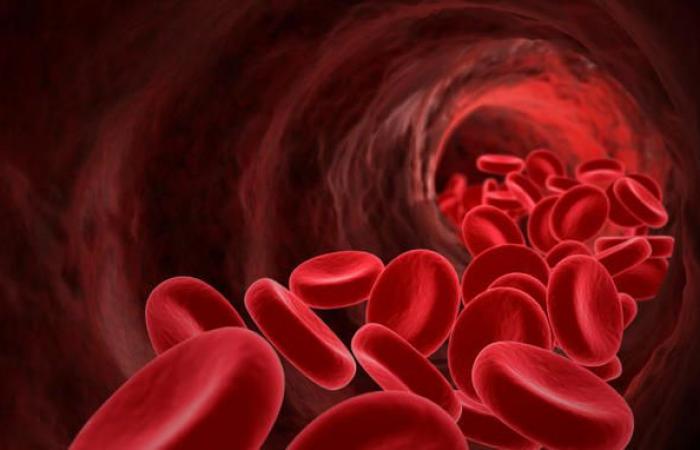Raising awareness of a pathology that has become a global health problem was at the center of the presentation of the book SICKLE BLOOD of the Dr. Giovan Battista RuffoDirector of the Hematology and Thalassemia Unit ARNAS Civico Di Cristina Benfratelli of Palermo and member of the SITE Board of Directors, held today in Rome in the ISMA room of the Senate of the Republic on the occasion of World Sickle Cell Anemia Day.
The novel SICKLE BLOOD recounts sickle cell anemia through a compelling narrative that interweaves real-life stories with the drama of the disease. Set in Palermo, a city that has always been a crossroads of peoples of the Mediterranean area, the book not only focuses on the suffering and challenges faced by patients, but also addresses crucial issues such as illegal immigration and the trafficking of slaves from Sub-Saharan Africa towards our country. The author explained: “The novel uses the power of narrative to raise public awareness of a complex condition, highlighting not only the medical challenges, but also the social and cultural interconnections.”
Sickle cell anemia, also called drepanocytosis or sickle cell disease, is a genetic and hereditary blood condition. It is a chronic mutation in which, due to a mutation in hemoglobin, red blood cells acquire the characteristic “sickle” shape. This alteration leads to anemia, due to the breakdown of defective red blood cells, and to painful sickle cell crises, since the red blood cells, due to their abnormal shape and rigidity, tend to block the blood vessels.
An estimated 300,000 to 400,000 children are born with the disease each year, most common among people in sub-Saharan Africa, India, the Middle East, parts of the Mediterranean, wider Europe or those who had ancestors from these regions. In Italy, there are between 2,500 and 4,000 patients suffering from sickle cell anemia, although these numbers are probably underestimated.
Due to the constant increase in children with sickle cell disease in recent years and the growing burden of management on health systems, in 2006 the World Health Organization (WHO) called on health systems to implement and strengthen prevention and treatment of sickle cell anemia in order to reduce morbidity and mortality. In 2008, the United Nations General Assembly defined sickle cell disease as “a global health problem,” establishing World Sickle Cell Disease Day on June 19 each year.
During the presentation event they also intervened to discuss together with the author the Prof. Franco Locatelli, Director of the Department of Pediatric Onco-Hematology of the Bambino Gesù Hospital in Rome, who illustrated the data of the new gene editing therapy as a definitive solution for curing the disease. For the institutions, the Senator spoke Raoul Russo of the 10th Permanent Health Commission and the MEP Pietro Bartolo. Also present, representing patient associations, were Raffaele VindigniVice President UNITED e Vanessa Costantino of the Fondazione Giuseppe ognianti ONLUS, who jointly declared: “Talking about sickle cell anemia is a must. These patients are fragile and always at risk. Doctor Ruffo, with this book, has effectively managed to promote awareness and knowledge of this condition. Being here can only honor us, and as actors committed to the protection of those who live with these rare blood diseases, we are grateful if the attention, care and therapies for these patients are increasingly better guaranteed. Knowing that you have passed on a ‘defective’ gene to your child is difficult to accept. In the novel, the relationship between patients and doctors emerges, who in difficult situations are the true wealth and salvation. Only with awareness and knowledge of the disease can we emerge from the darkness and immerse ourselves in research and the evolution of science. Gene therapy is the path that will lead many children to recovery, and at that point the sense of guilt will disappear and the pride of having achieved a great goal will prevail. We owe it to those who made this possible and to Giuseppe, who left us too soon and will rejoice with us seeing his desire come true in other boys like him.” The publisher attended the meeting Nicola Macaione who thanked the Senate of the Republic and all those present for the attention given to the book as an important tool for promoting greater knowledge of the pathology.






